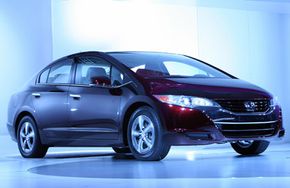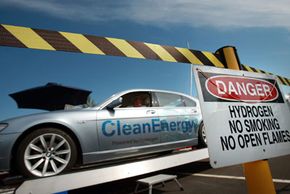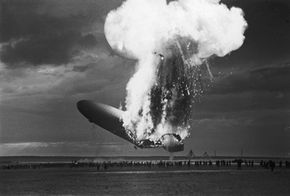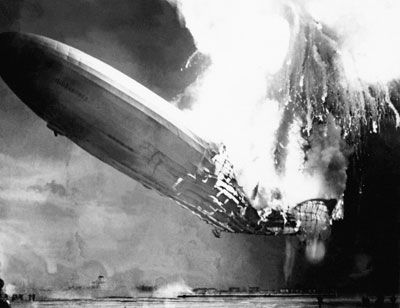The 21st century will be a time of change, though this can probably be said of any century since the invention of the calendar. We can, however, make a pretty safe assumption about what one of those changes will be: The 21st century will see the end of the widespread use of fossil fuels.
Alternative Fuel Vehicle Image Gallery
Advertisement
Actually, this is an easy guess. Fossil fuels, such as coal and petroleum, are the remains of prehistoric organisms buried beneath the earth's surface millions of years ago -- and they're in limited supply. Eventually the reserves of these fuels will give out. When this happens -- and preferably long before this happens -- it's important that we find new ways to power our technology. In particular, vehicles that currently use internal combustion engines to burn gasoline or diesel fuel will need to run off new fuels that are less scarce and burn cleaner, reducing or even eliminating pollution.
One of the most promising new fuels is hydrogen, the first element in the periodic table. The term hydrogen economy was coined in 1970 by chemist John Bockris to refer to a future in which all vehicles would be fueled by hydrogen. There are a number of advantages to a hydrogen economy. For one, it wouldn't require burning increasingly scarce petroleum reserves to power our vehicles. A hydrogen internal combustion engine would be pollution-free and wouldn't create the carbon emissions associated with gasoline-powered internal combustion engines.
Aside from internal combustion-powered vehicles, hydrogen can also be used to power a vehicle through a device called a fuel cell. A fuel cell separates the single electron in a hydrogen atom from the single proton and uses the electrons to produce a stream of lectricity. This electricity can then power the motor in an electric vehicle. Fuel cells don't use fossil fuels and they don't produce pollution, so they would seem to be an ideal successor to internal combustion engine as the energy source for the cars of the 21st century. At least one hydrogen fuel cell car, the Honda FCX Clarity, is already available for lease in certain parts of California.
But are hydrogen fuel cell vehicles too good to be true? Let's look at some of the chemical dangers that might be associated with hydrogen energy.




